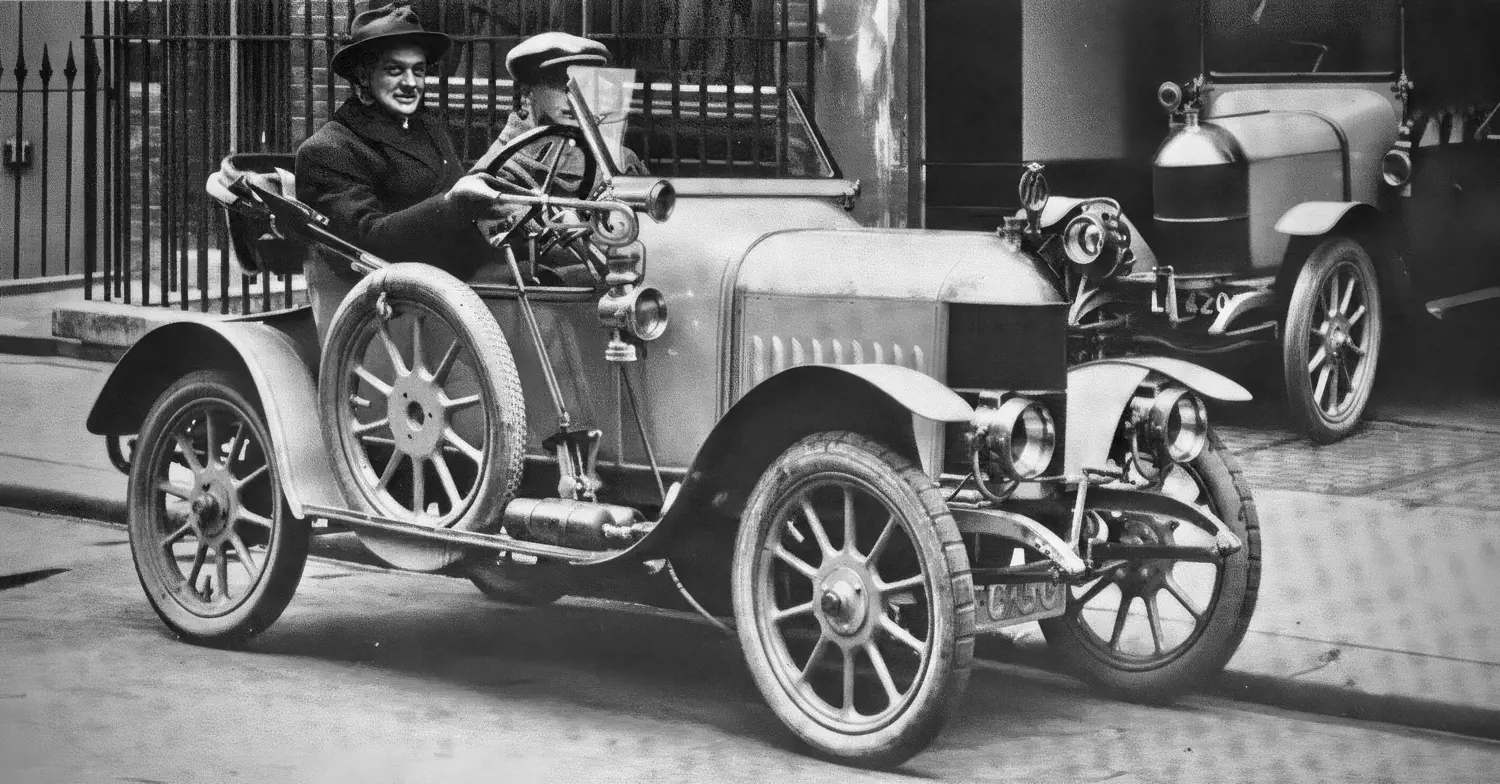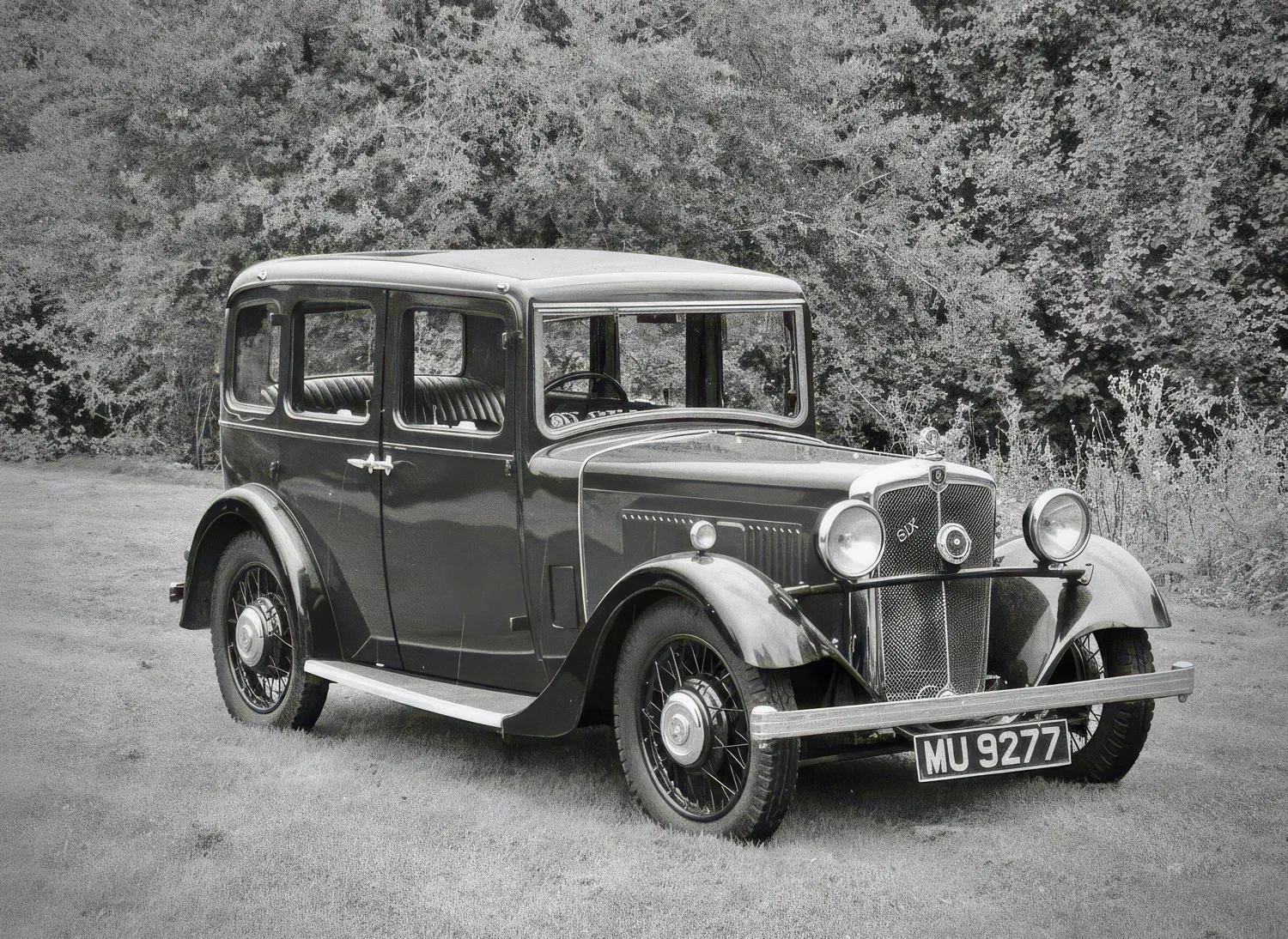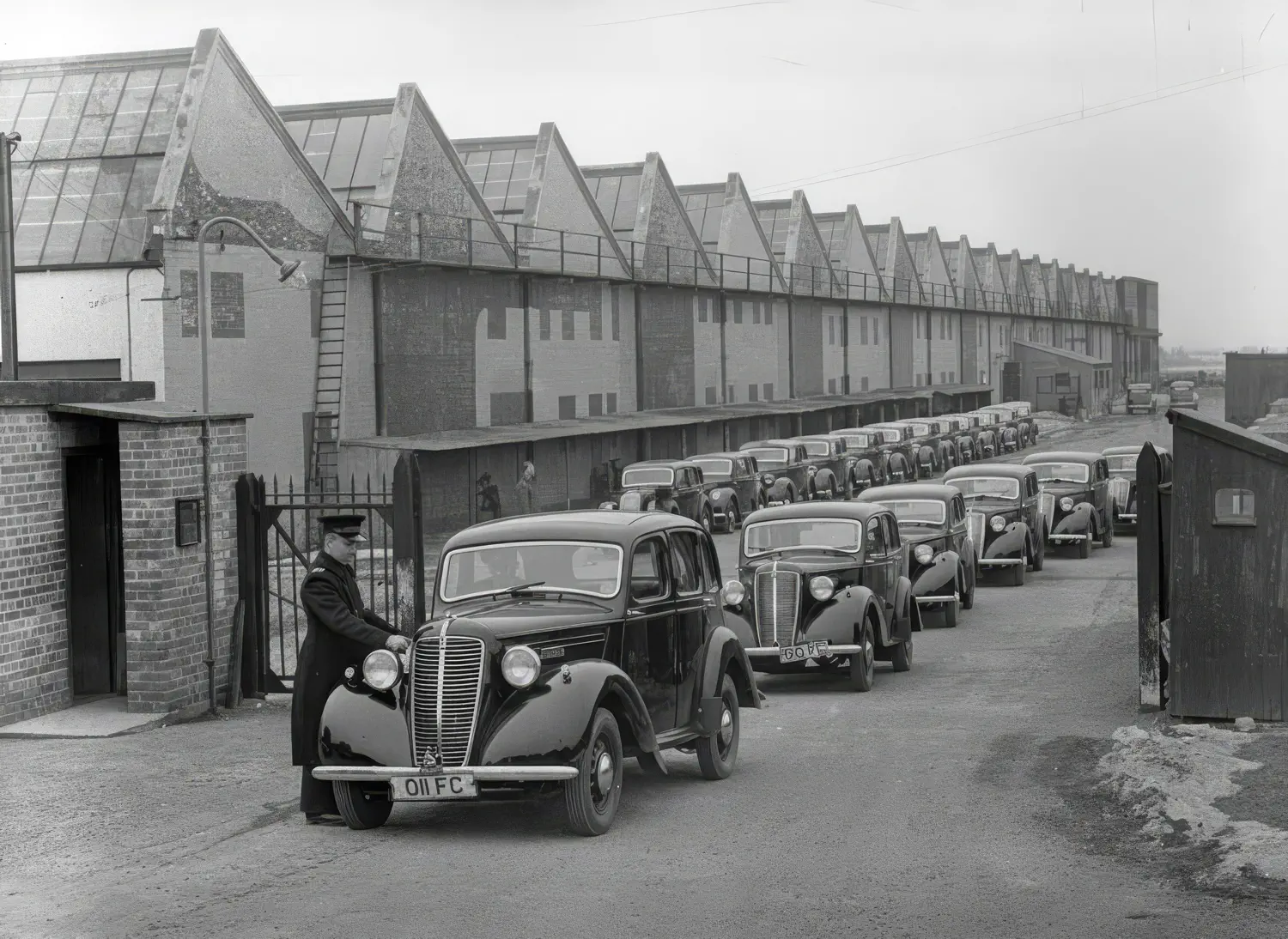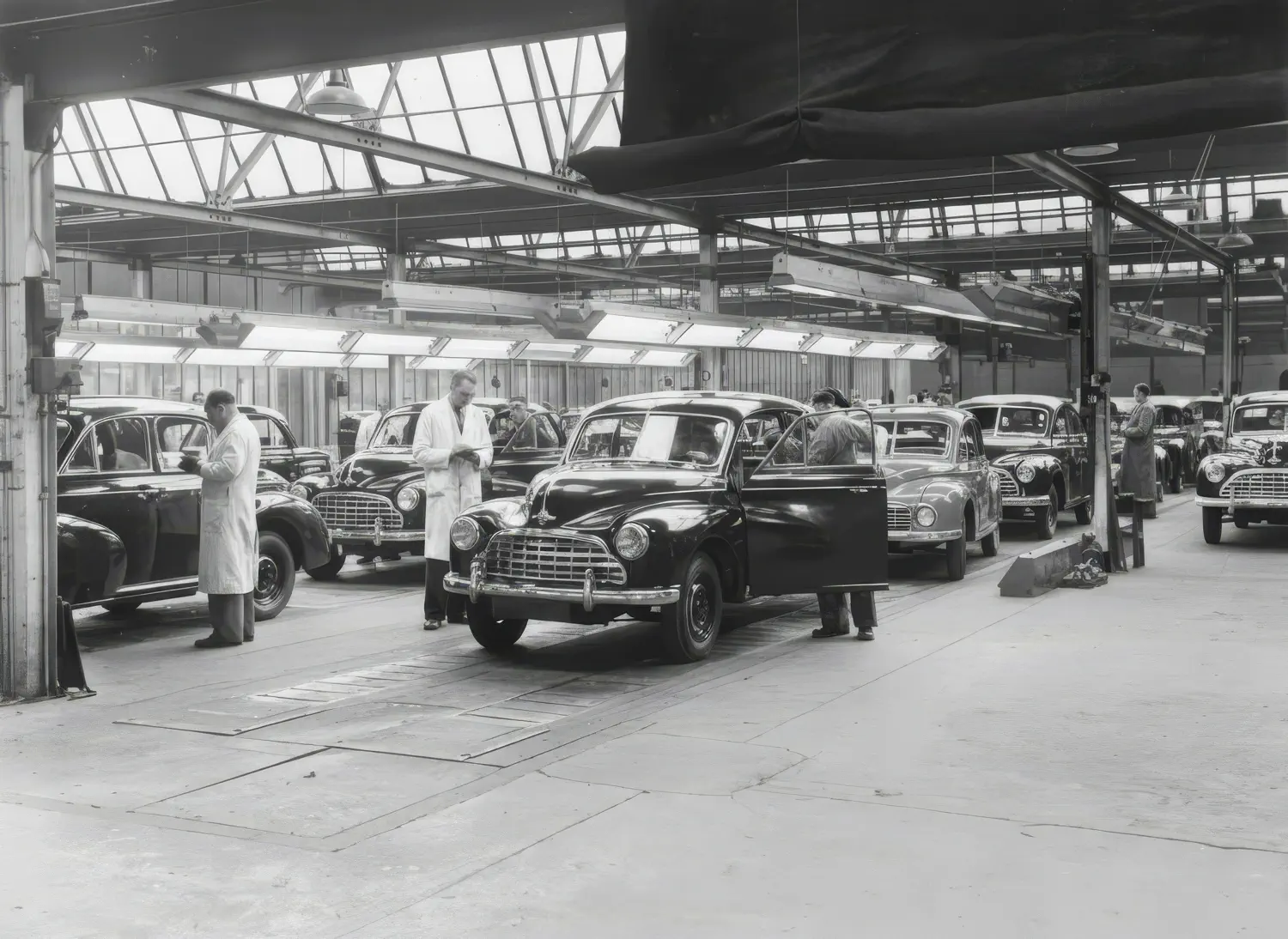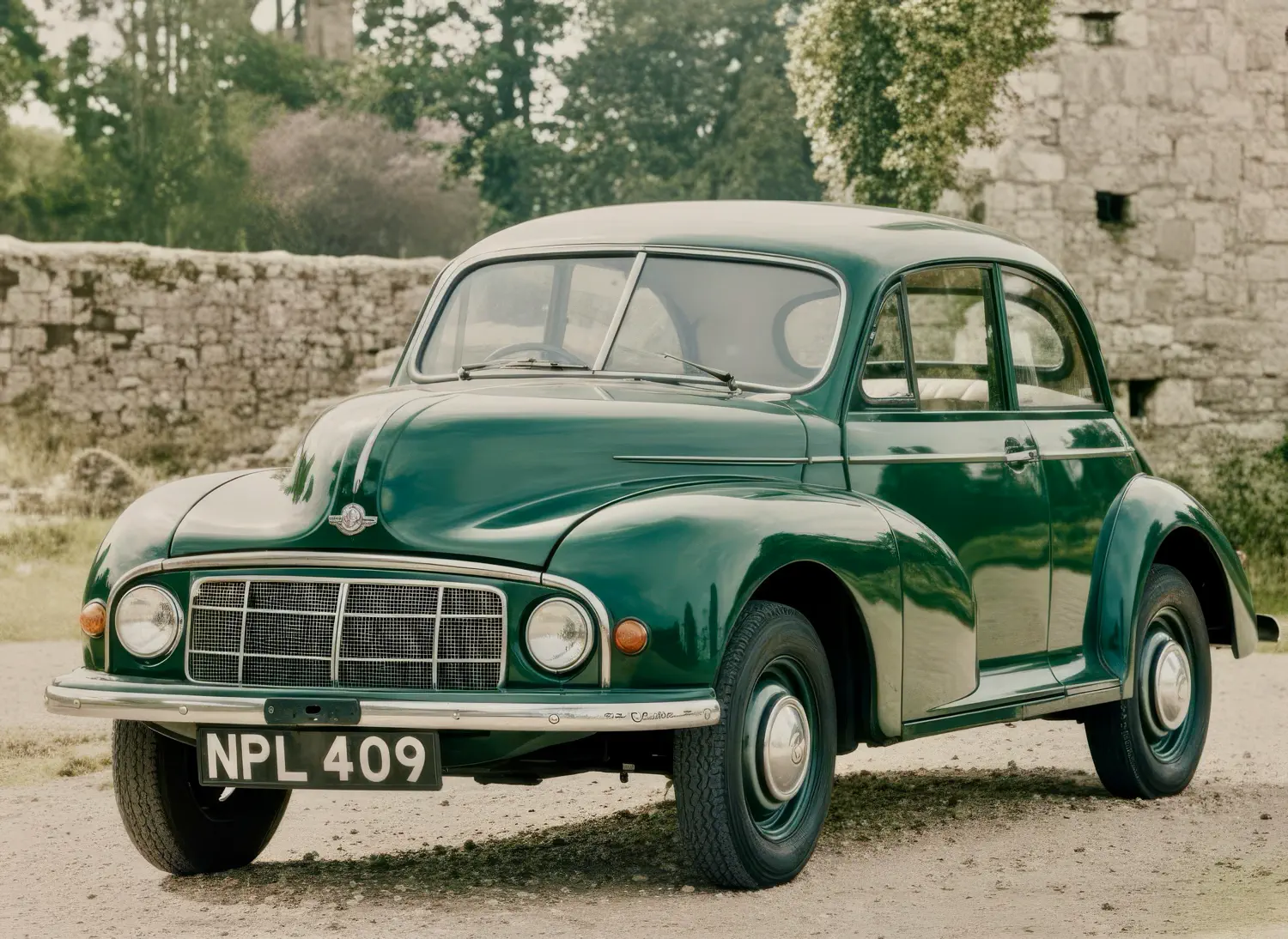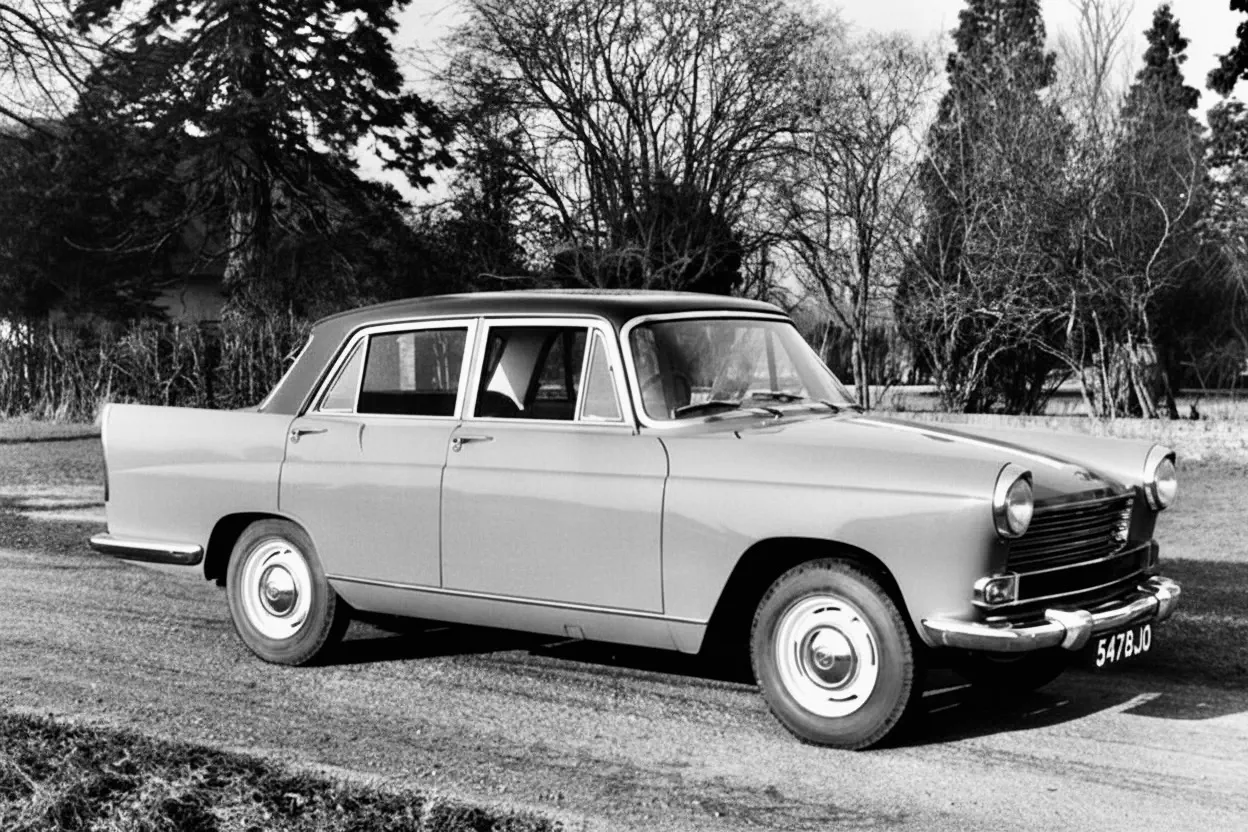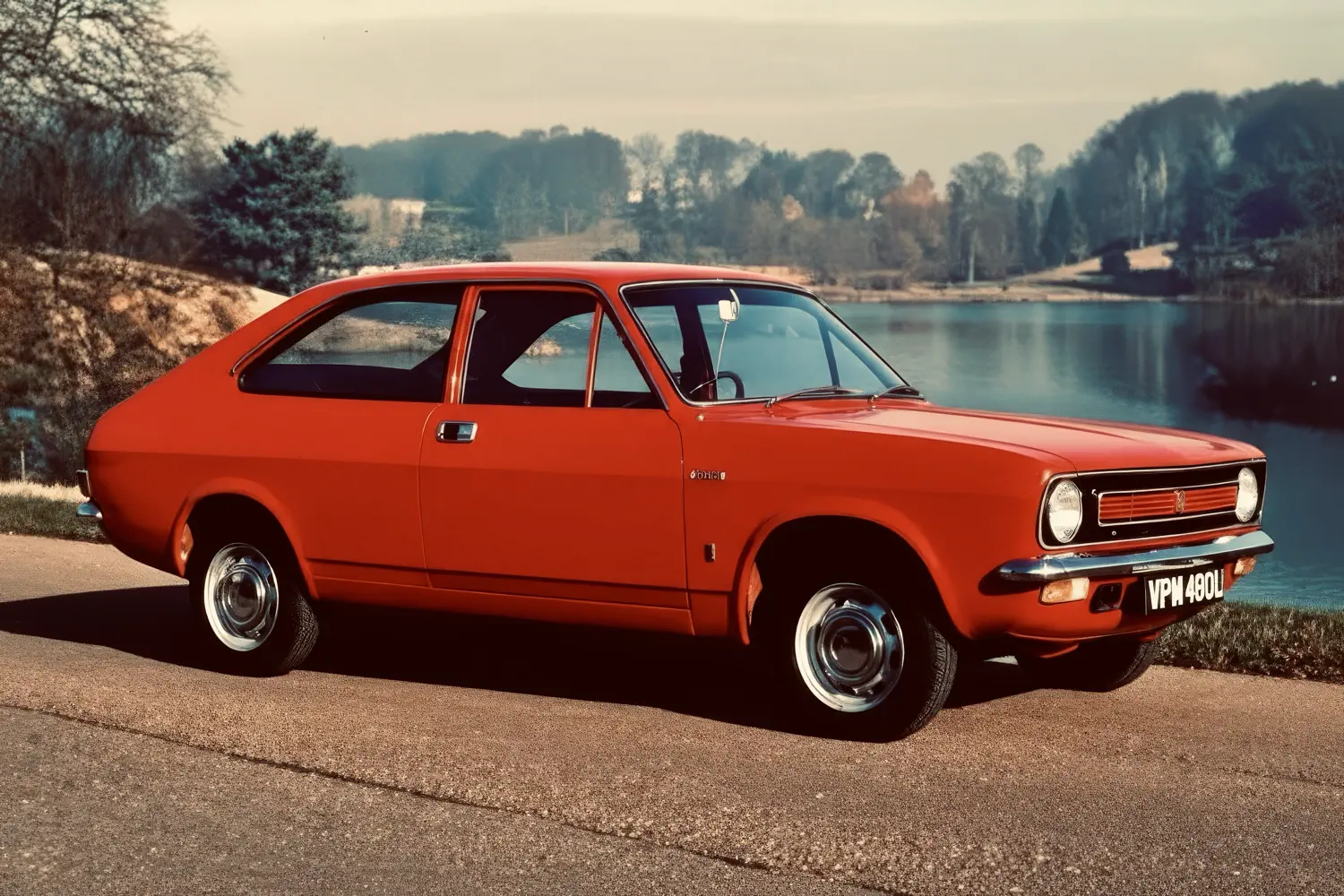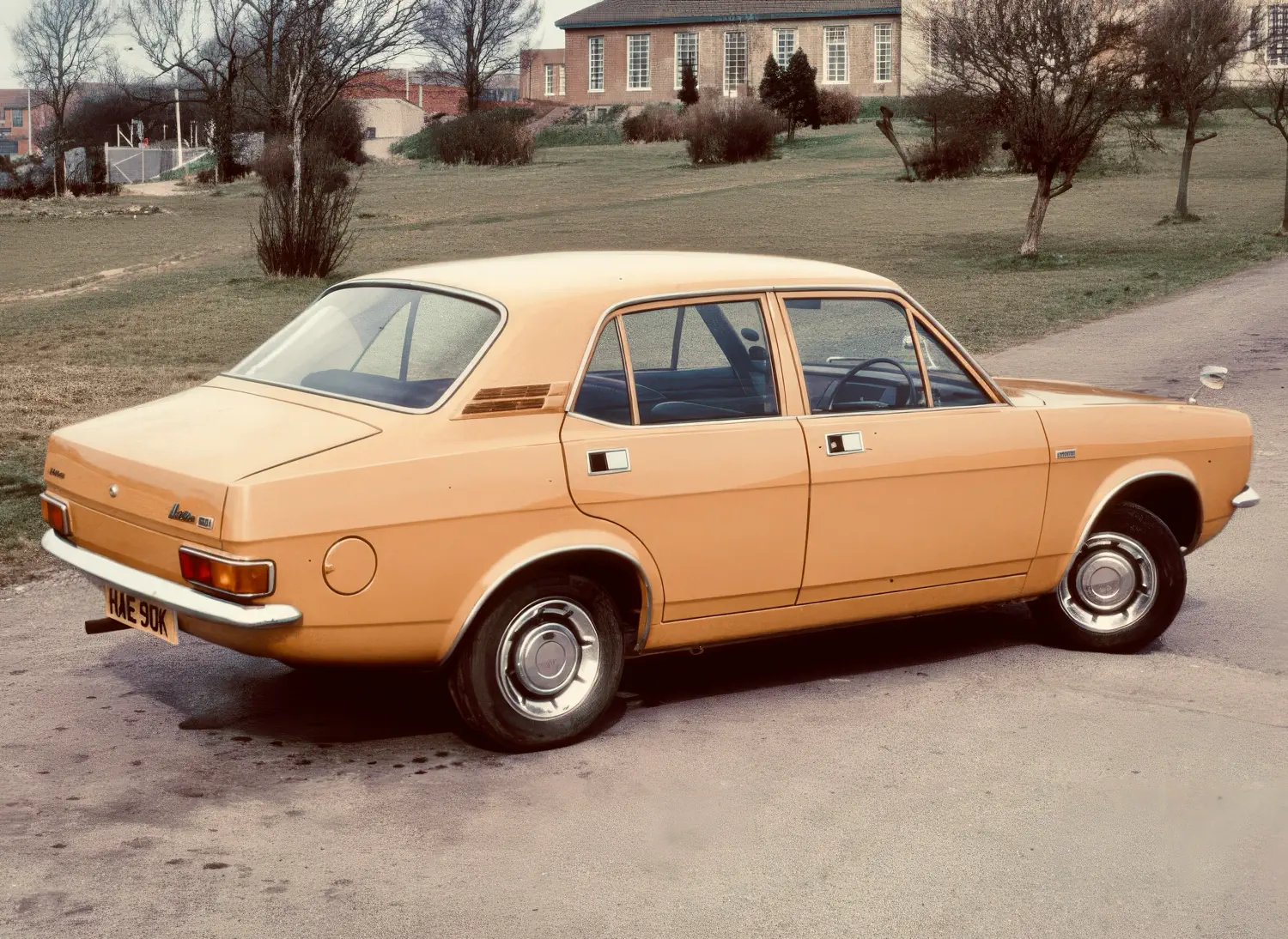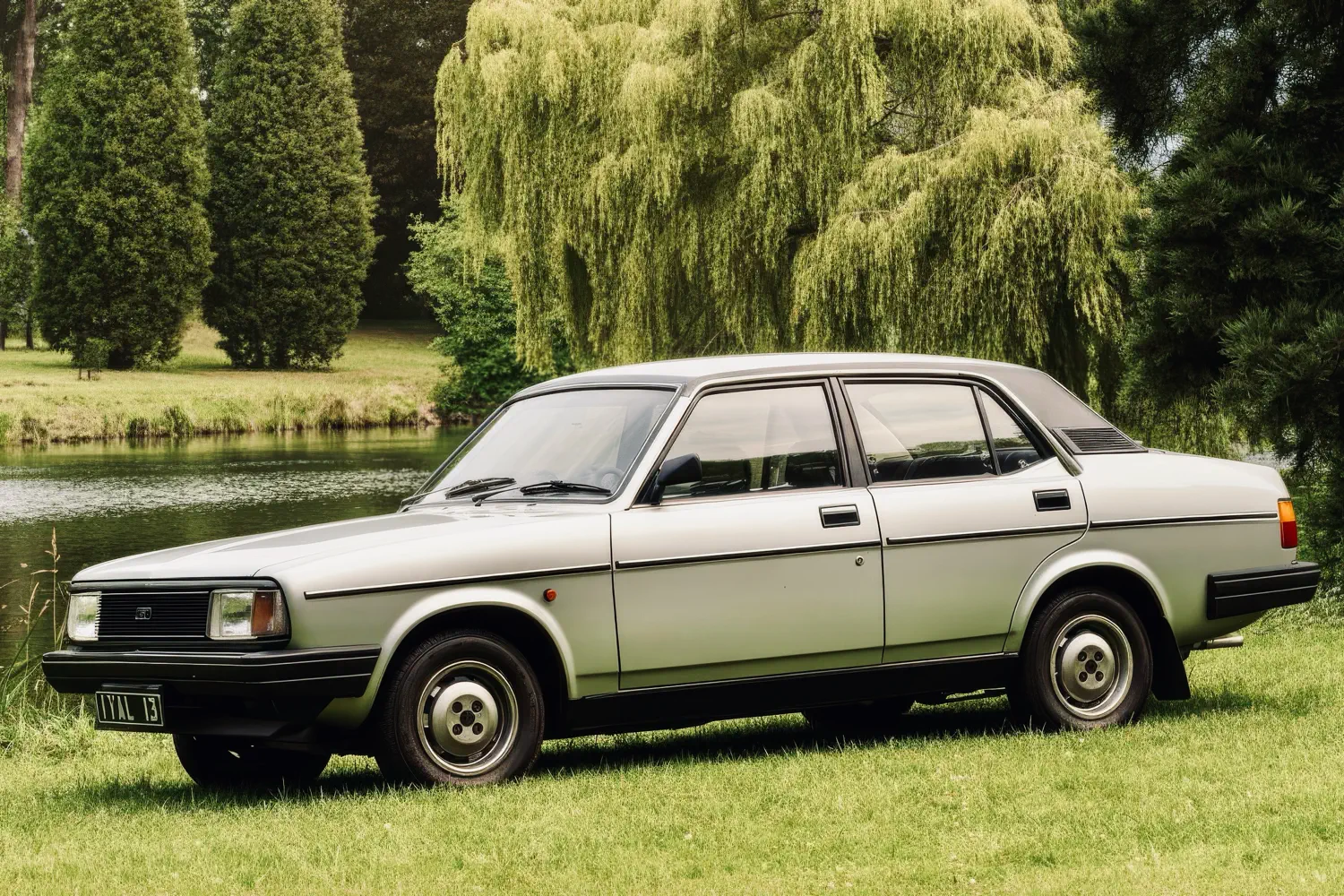Morris: The House That William Built

There was a time when the British landscape was painted in the sensible, earthy tones of municipal green and civil service grey, rather than the primary colours of sporting achievement. These were the shades of Morris. They were the background hum of the nation's life, a tide of decent, unassuming motorcars that populated every factory car park and suburban driveway. For a generation, Morris was more than a car company; it became the default choice for family transport, a quiet symbol of moving up. Which makes it all the more baffling that today, the brand is completely, utterly gone. This is the story of how to build Britain's biggest car empire and, more importantly, the textbook example of how to lose it.
The Art of Assembly
William Morris, later Lord Nield, had a simple idea that was revolutionary for its time. While his rivals prided themselves on making every component, Morris saw the genius in letting other people do the hard work. The first Morris Oxford ‘Bullnose’ of 1913 was assembled more than it was built. Engines came from White & Poppe, chassis from Rubery Owen, bodies from Raworth. Morris just bolted them together. He focused on assembly and the costs, and sold cars for a price that terrified his competitors. The strategy worked. By 1924, half the cars on British roads were Morris. The Cowley plant functioned more like a giant finishing school for parts made elsewhere.
The profits funded an aggressive expansion. Morris bought his engine supplier, Hotchkiss. He backed Cecil Kimber’s idea for sporty versions of his cars, which became MG. He haunted the bankruptcy courts, buying the failed Wolseley and Riley brands for next to nothing. The Nuffield Organisation sprawled across the Midlands, a car empire built on one man’s uncanny grasp of a balance sheet.
The Bridge Too Far
In 1926, he partnered with an American firm to build a huge Pressed Steel factory opposite his own plant. A bridge would connect the two, bringing modern, mass-produced steel bodies directly to his assembly line. It should have been a masterstroke. Instead, it became a textbook example of how a brilliant idea can be scuttled by a simple clash of egos. The partnership collapsed into a court battle that Morris lost. He was kicked off the board and had to watch from his office as the factory he’d helped build started supplying car bodies to his competitors. The bridge became a 300-foot monument to a grudge. It would take thirty-five years for the company, by then BMC, to finally buy back the supplier it had lost through sheer stubbornness.
The People's Cars
The Morris Eight and Ten of the 1930s were the official transport of the aspiring but cautious middle class. Owning one sent a clear signal to the neighbours: you were doing well, but not so well that you were getting ideas above your station. During the war, the factories switched to making munitions, repairing Spitfires, and building iron lungs. After peace returned, an updated Morris Ten resumed production for a car-starved Britain, but the company knew a truly fresh start was needed. What it got, from designer Alec Issigonis, was a masterpiece.
The Last Masterpiece
The 1948 Morris Minor was a work of quiet genius. It looked friendly and unassuming, but underneath it was revolutionary for a cheap car, with rack-and-pinion steering and torsion bar suspension. It handled with a precision that was completely unexpected in its price range. The "Moggy" managed to do something very rare in Britain: it became classless. District nurses drove them, and so did university lecturers. It was the last truly great car to come from Morris, a final flash of brilliance.
The Merger That Curdled
In 1952, the government pushed Morris into a merger with its arch-rival, Austin, to form the British Motor Corporation (BMC). The arrangement resembled a forced marriage between two companies that hated each other more than a sound business strategy. Worse, the man put in charge of BMC was Leonard Lord. Lord had worked for Morris years earlier before leaving after a furious argument, vowing to one day take Cowley apart "brick by brick." Now he was in charge. The Morris name was soon reduced to a badge, stuck on cars that were identical to their Austin, Wolseley, and Riley counterparts. This "badge engineering" erased decades of brand identity. Even twenty-five years later, the Morris and Austin sides of the company were said to operate with the frosty silence of a bad marriage.
The Marina Catastrophe
When BMC became the chaotic mess of British Leyland, Morris was left to wither. The 1971 Marina was the result. It was meant to compete with the Ford Cortina, but to save money, it was built using the front suspension from the 1948 Morris Minor. Unsurprisingly, the handling was awful. The car had such an aversion to corners that drivers quickly learned to appreciate straight roads. The Marina became a national joke. Its replacement, the 1980 Ital, was the same car with bigger headlights. It was a desperate attempt to make a corpse look presentable by giving it a new tie.
The last Morris car was built in 1984. The company that once made half the cars in Britain was gone. The firm's demise was not caused by a single event, but a combination of a disastrous merger, a bitter personal rivalry, and years of neglect. The name that put Britain on wheels became a cautionary tale, and eventually, the answer to a pub quiz question.

